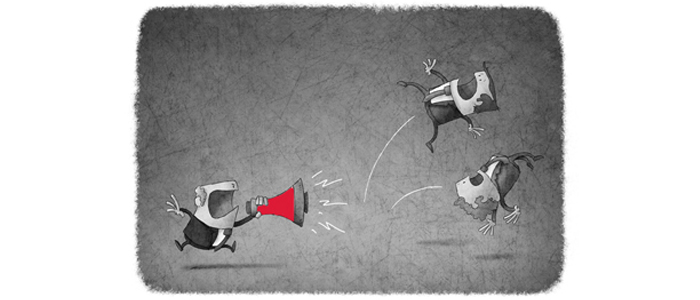Every organisation needs a reward system for employees that addresses the following four areas:-
- Compensation
- Benefits
- Recognition
- Appreciation
The problem with many organisations is that too often the focus is on the first two elements of compensation and benefits.
It is much easier for you to put in place a structure that addresses the tangible issues of salaries and bonuses, than it is to have in place a structure that makes sure that your employees feel consistently appreciated, and that the quality of their work is recognised by senior executives.
Rewarding specific behaviours that make a positive difference to the culture of your organisation is more challenging than rewarding performance. The first step is to identify those behaviours that you want to see. For example, are you rewarding those employees who are coming in as early as possible and leaving late, or are you rewarding those who are coming up with innovative ideas to make the organisation more time efficient?
Recognition and appreciation are integral components of a successful strategic reward system. However, they frequently don’t get the attention they need from the leader of an organisation, even though they are low cost/high return elements. We know that people respond positively when they feel appreciated and are regularly praised. Extensive research carried out by the Gallup organisation on employee engagement has been distilled down into 12 key statements.
One of these statements is “In the last seven days I have received recognition or praise for doing good work.” Research shows that by the eighth day, people begin to feel unappreciated and undervalued (see Q12 on the list of Gallup questions).
Recognition means acknowledging someone before their peers for specific accomplishments achieved, actions taken or attitudes exemplified through their behaviour.
Appreciation, meanwhile, is focused on expressing gratitude to someone for his or her actions. Showing appreciation to your employees by acknowledging excellent performance and the kind of behaviour you want to encourage, is best done through simple expressions and statements. For example, you might send a personal note, or stop by their desk to thank them and tell them specifically what you appreciate and the positive impact that it has had. It is not enough to say “great job” and move on, however. If you do this consistently then it looks flippant and your employees will not respond in the way you want.
You can also combine recognition and appreciation in the form of a public statement of thanks in front of the employee’s co-workers or team, citing specific examples of what they’ve done that has had a positive impact on your organisation.
So, is it time to review your strategic reward system? Does it address compensation, benefits, recognition and appreciation? Is it aligned with your business strategies? Is it driving the right behaviours for your organisation, as well as your performance goals? If it needs fixing, don’t wait. It can mean the difference between the success or failure of your business.

